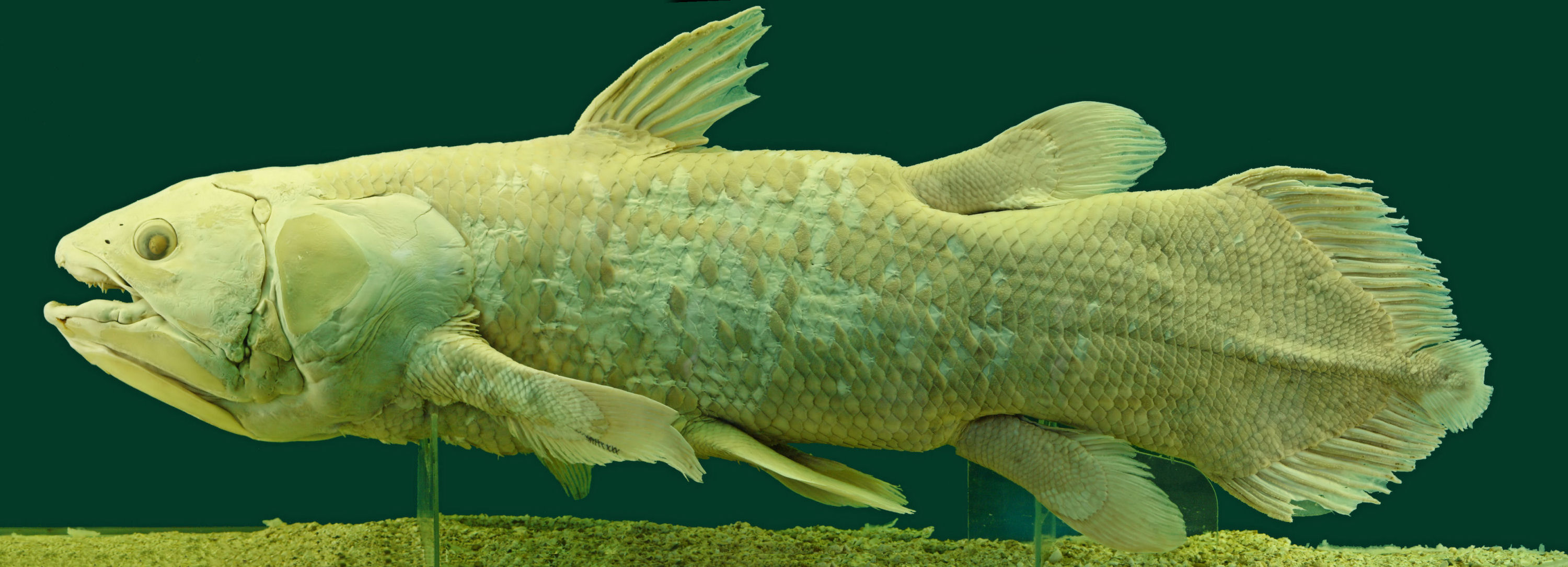It all started in 1938 off the coast of South Africa, when fishermen pulled a mysterious creature from their nets. It was a fish, of sorts, with fleshy fins and a bony head the likes of which hadn't been seen on this earth in time immemorial. They had caught a Coelacanth, the father of the modern-day lung.
 |
| Alberto Fernandez Fernandez |
"living fossil", a relic from the age of dinosaurs to take its place alongside creatures like the horseshoe crab, the crocodile, and Bob Barker. But the Coelacanth was only the first of many Lazaruses (Lazari?) in a long line of Lazari. More are being discovered every year. Wikipedia has a rather extensive list here if you want to read more about the subject, but I bring this all up because of two specific breakthroughs that have happened. The first is the case of the Dryococelus australis, or Tree Lobster.
 |
| Peter Halasz |
An enormous hunk of an insect, the Tree Lobster was thought to be extinct when invasive rats came to its native home of Lord Howe Island in 1918. They hadn't been seen alive since, until 2001 when two Australian scientists were climbing a spire of rock called Ball's Pryamid. The pyramid is in the middle of the ocean, 12 miles from Lord Howe, and measures only about a thousand feet across. On that rocky volcanic island grows a single patch of shrubs, growing from washed-up plant debris. And living off of that shrub, the scientists found 24 Tree Lobsters, presumably the only colony of them in the world. Two breeding pairs were taken back to study, and as of now, over 9,000 of them have been bred, and many hundred have been re-released on Lord Howe in a special reintroduction program. The world once again graced by giant lobstery bugs.
 |
| Hooray! |
"But Aaron," you might say, "You mentioned two Lazari, but what could possibly top a lobster-bug that lives on a tropical death rock?" Well, I'll tell you! And you'll be sorry that you ever asked!
AHHHHHHHH!
AAAAAAAAAHHHHHHHHHHHH!
AAAAAAAAAAHHHHHHHHHHHHHHHH!
Meet the Gastric-brooding Frog, marvel of modern science! Known for storing their young inside their tummies, these fellows have been extinct ever since the 80's. And like most things from the 80's, they were amazing and horrible, and probably deserved to die. But Mother Nature be damned, says the aptly-named Lazarus Project.Headed by mad genius Professor Mike Archer, the group has recently announced that they have successfully cloned the gastric-brooder and produced living tadpoles. Although none of them matured into frogs, this is a huge leap in the artificial Lazarus. It's steps like this that will have us all riding mastodons in the future. The team will be having official papers published soon, so look out! In the meantime,
Stay fanatic
Aaron
Stay fanatic
Aaron





No comments:
Post a Comment